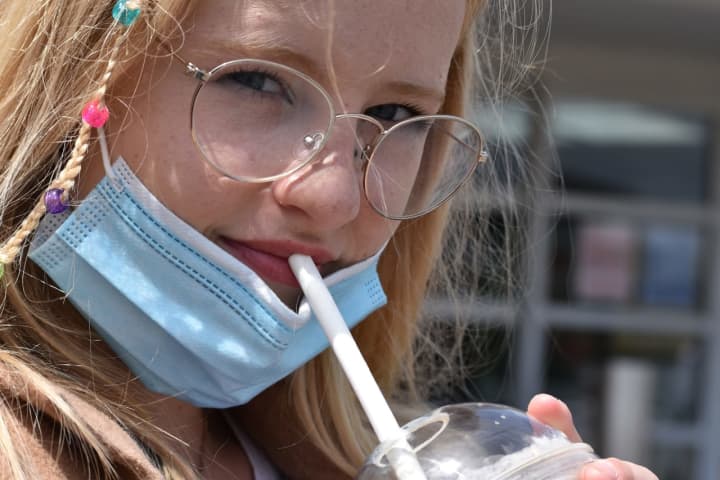The U.S. Centers for Disease Control and Prevention has issued a three-page checklist for things a family can do to be better prepared for students returning to the classroom.
For the most part, the CDC guidelines encourage awareness about services and important contacts, communicating effectively and often with students, and what COVID-19 prevention items students should bring with them to school each day.
The following is a sample of the CDC’s recommendations. For the full list, visit the CDC at cdc.gov/coronavirus/2019-ncov/community/schools-childcare/parent-checklist.html.
GOING BACK TO SCHOOL DURING A PANDEMIC
- Check with your child each morning for signs of illness. If they have a temperature of 100.4 or more, they should not go to school.
- Know where the COVID-19 child testing sites are located and who to contact at school if the child is sick.
- Review and practice proper hand hygiene at home - especially before and after eating, sneezing, coughing, and adjusting a mask.
- Pack a water bottle to decrease the use of public fountains.
- Pack hand sanitizer.
- Talk to your child about what new things they can expect when they return to school. Changes may include increased hand washing and sanitizing, keeping a physical distance from others, and wearing a mask, for example.
- Update your contact information with the school.
- If your child has an Individualized Education Plan (IEP) or 504 Plan, ask the school how these supports will continue during the pandemic.
- Have multiple masks available so that they can be washed daily and children can have backup masks with them while at school.
- Label your child’s mask clearly with a permanent marker so that they are not confused with another child’s mask.
- Practice putting on and taking off masks without touching the cloth
- Ask your child how it’s going and keep the channels of communication open.
- Watch for signs of anxiety including excessive worry, sadness, irritability, or crying; unhealthy eating or sleeping habits, and difficulty concentrating.
- Be a role model for your child by practicing self-care: take breaks, get plenty of sleep, exercise, eat well, and stay socially connected.
Click here to follow Daily Voice Worcester and receive free news updates.


